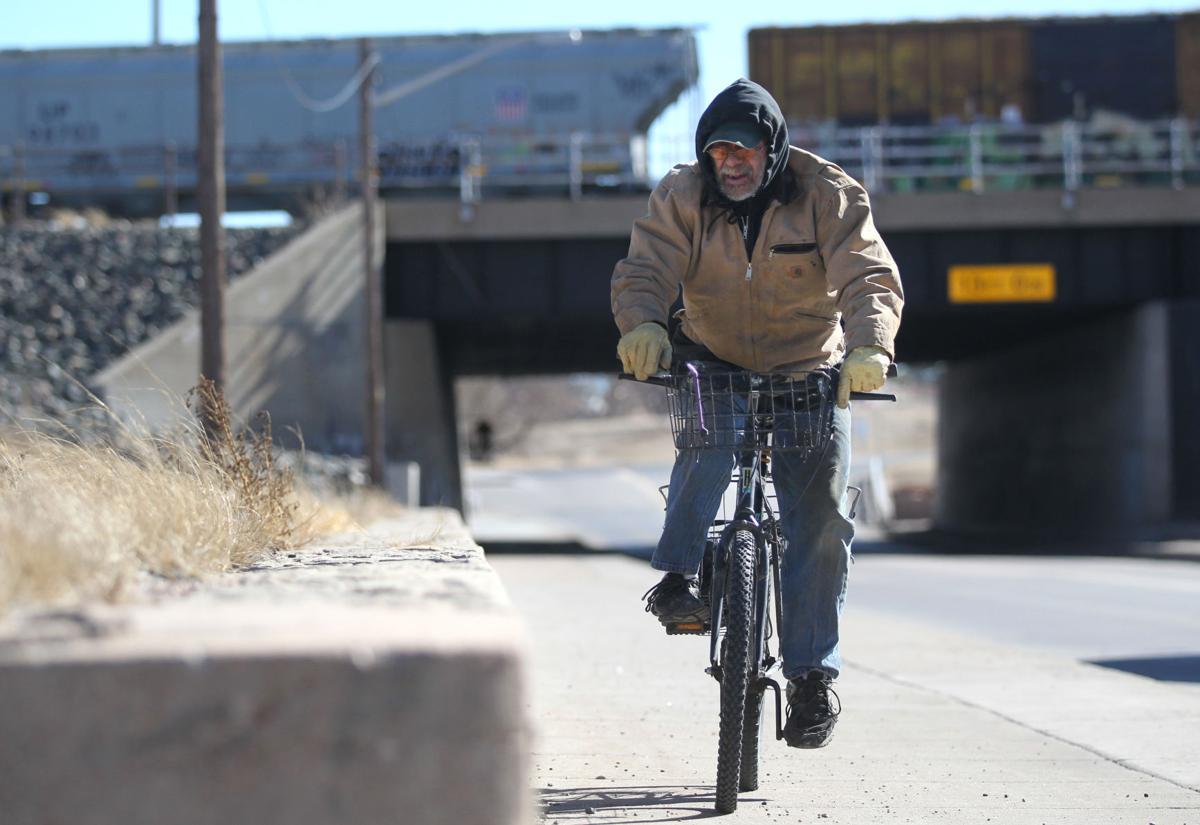I guess I shouldn't be surprised to read another article that vilifies cyclists.
Most such drivel blames cyclists for traffic jams and all matter of quality-of-life issues in a city because, if they are to be believed, we all run red lights and run over someone's grandma who's carrying a puppy or a kitten she just took in from the shelter.
Well, there's a new twist on this theme today, in the Washington Post blog. It starts like this:
Scenes of Washington life include pedestrians on the streets with headphones, or cell phones or perhaps a purse. The city's streets are also home to bicycles and bike riders. And every now and then the pedestrians and the bicyclists do not mix well.
Its author, Martin Weil uses this opener as a Jaws-style setup: Just as some unwitting swimmer has a cut or barely-concealed body part (a breast, perhaps) that causes the shark to smack its lips and think "LUNCH!", those poor, innocent pedestrians' head phones, cell phones and purses are bait for bad, bad people on bikes.
Yes, Mr. Weil writes about a string of purse- (and head- and cell-phone) snatchings committed by...a guy on a bike. Specifically, a young guy or adolescent male on a bike.
Well, I guess I'll have to watch for that when I'm off my bike and crossing a street. But at least it's good to know that, as a middle-aged woman, I don't fit the profile of the perps Mr. Weil describes.
Now I'm going to tell you a secret: That's the reason I changed my gender. I didn't want to seem like the sort of menacing young urban male who preys upon unsuspecting pedestrians at busy intersections! :-) Heck, I don't even fit the profile of scofflaw cyclists who run red lights and run over old ladies with puppies and kittens. After all, I really can't bring myself to harm someone when I look at someone and that person is a mirror.
Most such drivel blames cyclists for traffic jams and all matter of quality-of-life issues in a city because, if they are to be believed, we all run red lights and run over someone's grandma who's carrying a puppy or a kitten she just took in from the shelter.
Well, there's a new twist on this theme today, in the Washington Post blog. It starts like this:
Scenes of Washington life include pedestrians on the streets with headphones, or cell phones or perhaps a purse. The city's streets are also home to bicycles and bike riders. And every now and then the pedestrians and the bicyclists do not mix well.
Its author, Martin Weil uses this opener as a Jaws-style setup: Just as some unwitting swimmer has a cut or barely-concealed body part (a breast, perhaps) that causes the shark to smack its lips and think "LUNCH!", those poor, innocent pedestrians' head phones, cell phones and purses are bait for bad, bad people on bikes.
 |
| A real menace 2 society! |
Yes, Mr. Weil writes about a string of purse- (and head- and cell-phone) snatchings committed by...a guy on a bike. Specifically, a young guy or adolescent male on a bike.
Well, I guess I'll have to watch for that when I'm off my bike and crossing a street. But at least it's good to know that, as a middle-aged woman, I don't fit the profile of the perps Mr. Weil describes.
Now I'm going to tell you a secret: That's the reason I changed my gender. I didn't want to seem like the sort of menacing young urban male who preys upon unsuspecting pedestrians at busy intersections! :-) Heck, I don't even fit the profile of scofflaw cyclists who run red lights and run over old ladies with puppies and kittens. After all, I really can't bring myself to harm someone when I look at someone and that person is a mirror.
































